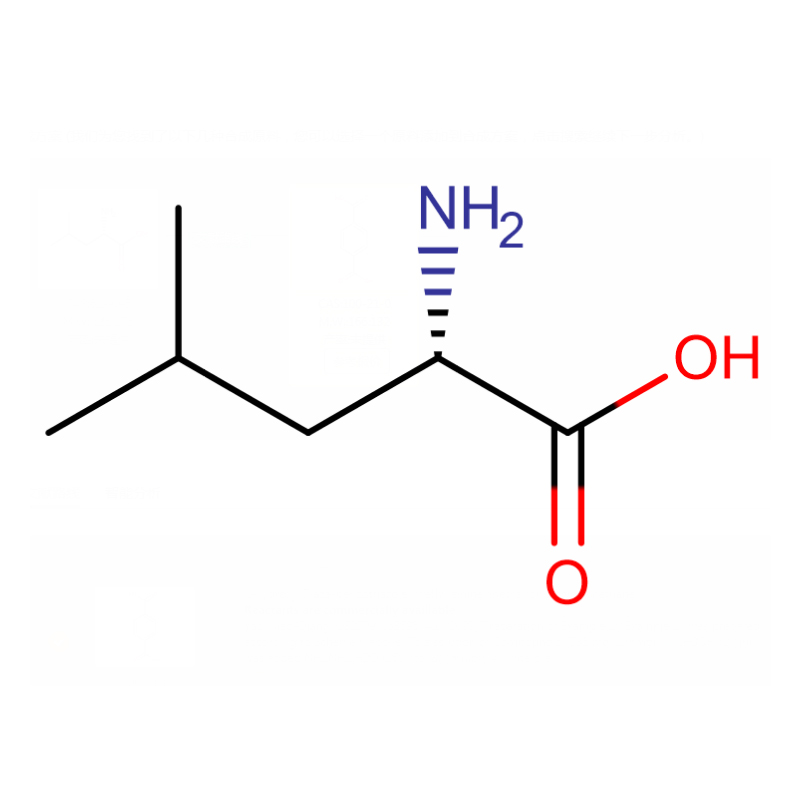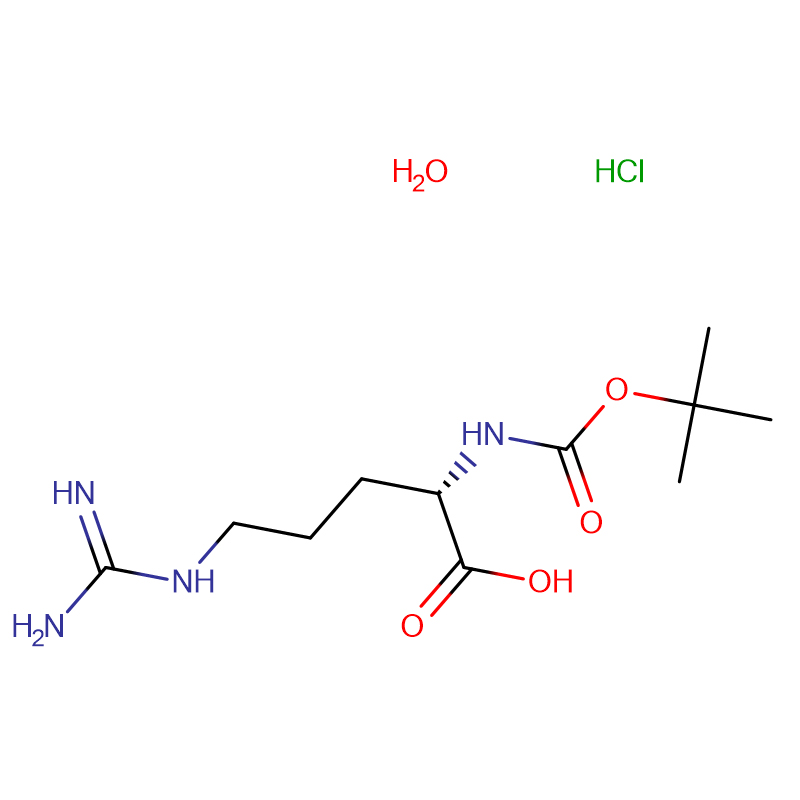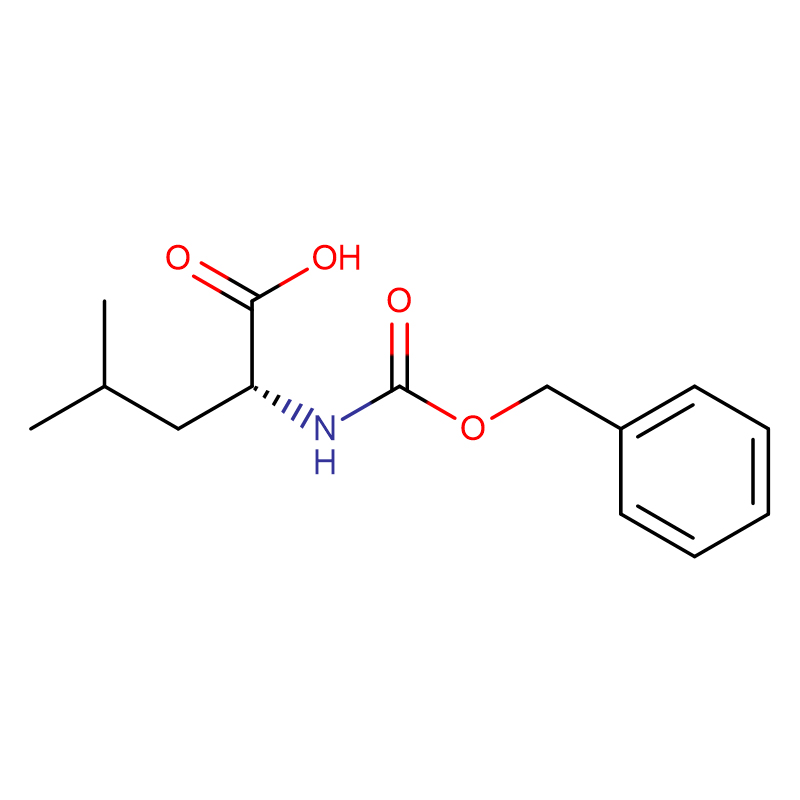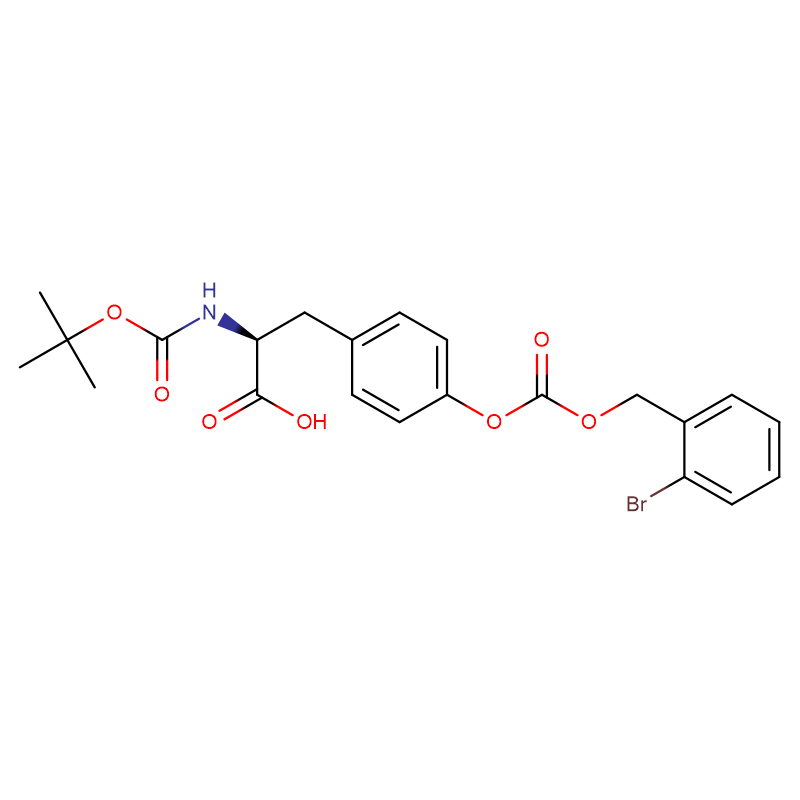L-Leucine Cas: 61-90-5 99% White powder
| Catalog Number | XD90304 |
| Product Name | L-Leucine |
|
CAS |
61-90-5 |
|
Molecular Formula |
C6H13NO2 |
|
Molecular Weight |
131.17292 |
| Storage Details | Ambient |
| Harmonized Tariff Code | 29224985 |
Product Specification
Similar to other positive-strand RNA viruses, tombusviruses are replicated by the membrane-bound viral replicase complex (VRC). The VRC consists of the p92 virus-coded RNA-dependent RNA polymerase (RdRp), the viral p33 RNA chaperone, and several co-opted host proteins. In order to become a functional RdRp after its translation, the p92 replication protein should be incorporated into the VRC, followed by its activation. We have previously shown in a cell-free yeast extract-based assay that the activation of the Tomato bushy stunt virus (TBSV) RdRp requires a soluble host factor(s). In this article, we identify the cellular heat shock protein 70 (Hsp70) as the co-opted host factor required for the activation of an N-terminally truncated recombinant TBSV RdRp. In addition, small-molecule-based blocking of Hsp70 function inhibits RNA synthesis by the tombusvirus RdRp in vitro. Furthermore, we show that neutral phospholipids, namely, phosphatidylethanolamine (PE) and phosphatidylcholine (PC ), enhance RdRp activation in vitro. In contrast, phosphatidylglycerol (PG) shows a strong and dominant inhibitory effect on in vitro RdRp activation. We also demonstrate that PE and PC stimulate RdRp-viral plus-strand RNA [(+)RNA] interaction, while PG inhibits the binding of the viral RNA to the RdRp. Based on the stimulatory versus inhibitory roles of various phospholipids in tombusvirus RdRp activation, we propose that the lipid composition of targeted subcellular membranes might be utilized by tombusviruses to regulate new VRC assembly during the course of infection.The virus-coded RNA-dependent RNA polymerase (RdRp), which is responsible for synthesizing the viral RNA progeny in infected cells of several positive-strand RNA viruses, is initially inactive. This strategy is likely to avoid viral RNA synthesis in the cytosol that would rapidly lead to induction of RNA-triggered cellular antiviral responses. During the assembly of the membrane-bound replicase complex, the viral RdRp becomes activated through an incompletely understood process that makes the RdRp capable of RNA synthesis. By using TBSV RdRp, we show that the co-opted cellular Hsp70 chaperone and neutral phospholipids facilitate RdRp activation in vitro. In contrast, phosphatidylglycerol (PG) has a dominant inhibitory effect on in vitro RdRp activation and RdRp-viral RNA interaction, suggesting that the membranous microdomain surrounding the RdRp greatly affects its ability for RNA synthesis. Thus, the activation of the viral RdRp likely depends on multiple host components in infected cells.
4-Nitrophenyl-N-acetyl-β- D-glucosaminide is a useful substrate for rapid colorimetric assay of N-acetyl-b-glucosaminidase activity in human urine. Chromogenic β-Glucosaminidase substrate yielding a yellow solution upon cleavage, employed particularly in yeasts and molds.








